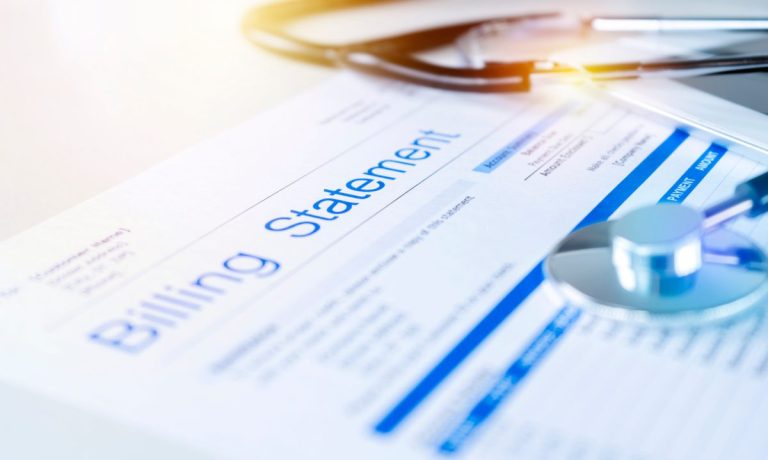Are Payments Plans the Fix For Rampant Medical Debt Default?

Some unpaid medical bills will disappear from credit reports.
But the hit and miss of collections will continue to hurt providers and patients.
As has been well-documented, the three major credit bureaus are removing medical debt below $500.
But even after the reporting agencies’ changes are fully in effect, the CFPB has said that half of the consumers who currently have medical collections tradelines on their credit reports will still have them after that change.
Medical debt is already proving a significant challenge, reflecting the inabilities of patients to pay and providers to collect. The Consumer Financial Protection Bureau reported that medical collections tradelines are still a majority of all collections on consumers’ credit reports — at 57%. And that’s even with the fact that, as the CFPB said, debt collectors “are moving away” from reporting (or furnishing) medical bills to credit reporting companies, so the absolute debt reported has waned by 33%.
“This decline may be partly explained by structural dysfunctions in medical billing and collections, which increase the risk that debt collectors will not meet their legal obligations,” wrote the CFPB. The bills may not be accurate, or may not reflect the right insurance information. In 2021 per the CFPB, 15% of debt collection complaints were about attempts to collect a medical bill. “Additionally, consumers mentioned ‘medical’ in several thousand complaints about credit or consumer reporting,” the Bureau noted in a Spring 2022 Bulletin.
The Average Debt Burden Goes Up
In detailing the actual amounts owed on that medical debt, the CFPB said that the mean at the beginning of 2018 was $615 — and it’s risen 30% to $802 as of the beginning of 2022. In other words, the debt’s becoming more expensive.
For the providers, the unpaid bills “problem” tops $140 billion, as Rectangle Health CEO Dominick Colabella told Karen Webster in an interview.
The problem may get worse. As PYMNTS documented here, 64% of patients have had to pay out-of-pocket expenses related to health care — and, of course, inflation has been taking its toll on juggling all manner of debt obligations.
PYMNTS research shows that 57% of patients see fast and easy payments as an important part of their healthcare experiences. Elsewhere, we found that 19% of paycheck-to-paycheck consumers who have issues paying bills and set up a payment plan are very or extremely likely to switch healthcare providers for a better payments experience.
As Synchrony Senior Vice President and General Manager of Health Systems Shannon Burke told PYMNTS, “If we just think about the fact that $400 billion will be paid out of pocket or is owed out of pocket, there’s a massive opportunity for financing there. We know that once you get over a bill of about $800, many people want the option to pay that over time.”
In a nod to the appeal of paying over time for those grappling with medical expenses, 43% of paycheck-to-paycheck consumers see the sense in using BNPL to cover out-of-pocket medical expenses.